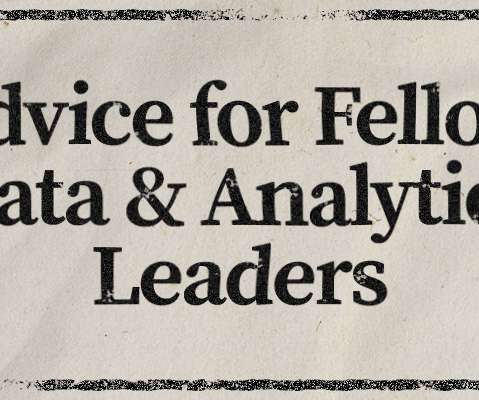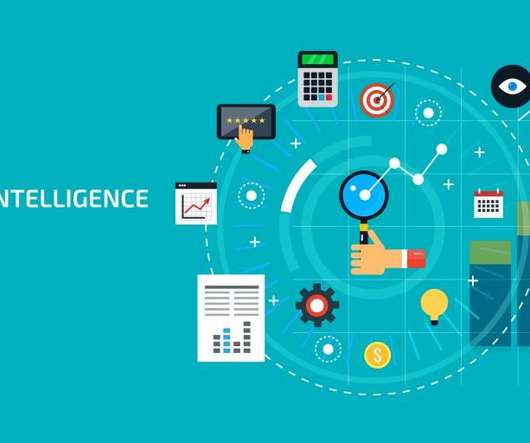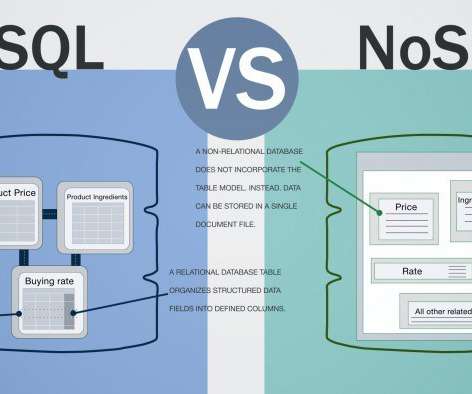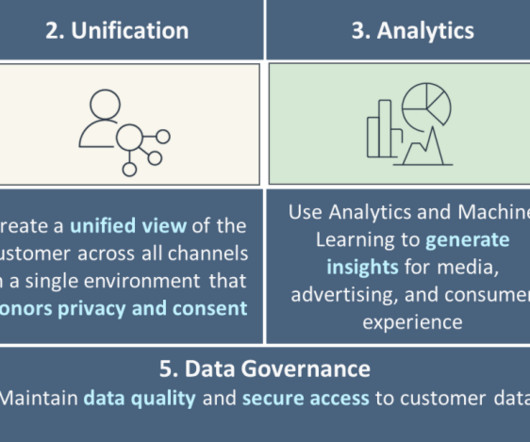Analytics Insights and Careers at the Speed of Data
Rocket-Powered Data Science
MARCH 19, 2021
The dynamic changes of the business requirements and value propositions around data analytics have been increasingly intense in depth (in the number of applications in each business unit) and in breadth (in the enterprise-wide scope of applications in all business units in all sectors).




















Let's personalize your content